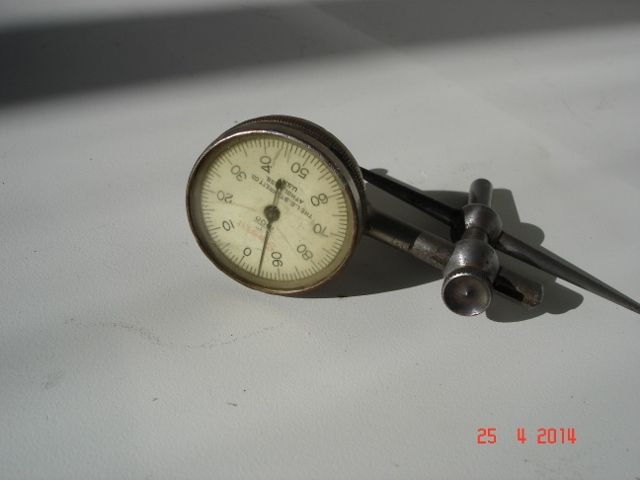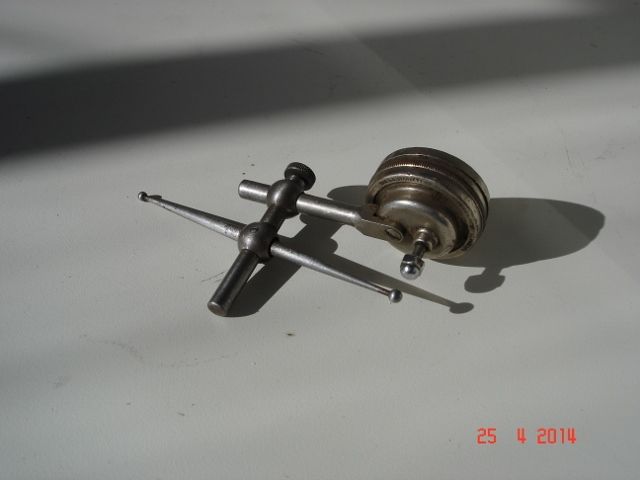Posted by Andrew Johnston on 02/05/2016 18:52:06:
Stoning the cutting edges of drills for brass has never worked properly for me; they still have a tendency to snatch. So for brass and bronze I am building up a collection of slow helix drills, designed for brass, as I need them.
Andrew
On the contrary, i was told brass needed a very sharp cutting point, i'm not sure however, if what you mean by stoning is either to refine the edge or to round it. I have a very dirty old book on fitting where the author goes at some length to expound the virtues of using the "correct" point angles on drills for certain materials. A greater lead angle will graduate the load on the tool before it reaches full cutting diameter. The "grab" of a drill can happen because the chisel point is not able to "shear" to full size in one go, so it digs in and is essentially stuck in the work piece.
This advice obviously needs context and a sense of proportion,though as the occasional need for drilling brass shouldn't need this much fuss, a standard drill point would be fine. If you're going through those horrid chips like no tomorrow, in a jobbing workshop, then you might want to think about it.
To answer the question though, i myself would cut brass dry, but when it comes to tapping and reaming, high load operations in their own right, it's only sensible to consider a cutting fluid to reduce heat and aid flow of channels of swarf, this much yields a benefit almost regardless of the material being cut.
The tool is only screaming (singing as i used to call it) because either you're "dithering the feed" or more likely the machine is going too fast for the operation. What you don't want is to temper the tool by getting it too hot as this will ruin the finish. Without seeing what happens it's often hard to pinpoint the exact cause but i also suspect that vibration at the head of the tool can do this if too much of the shank is protruding from it's holder.
It also helps to understand a bit more about the nature of the alloy being cut as brass, bronze, copper, gunmetal all come in so many differing varieties, the cutting qualities between them vary also.
The drill is always worse towards the end of it's cut when it has the last web to cut out and breach through.
For an extremely fine finish on metals, modern HSS doesn't have a fine enough grain structure, this is a herring though and i dont, nor am i ever going to be able to compete with the quaity of tool rooms who can afford muffle furnaces and what not.
So basically my votes on keep it sharp and dry for a cut, but well lubed up for a reamer. When cutting keyways for example, i often put more oil than a fish n chip shop and i havent broken one yet. I'd be tempted to treat the reamer with the same slimey respect. The only other point i've left out is it depends how much work you're leaving for the reamer to do.
Michael W
Edited By Michael Walters on 03/05/2016 03:31:24
Ian S C.







